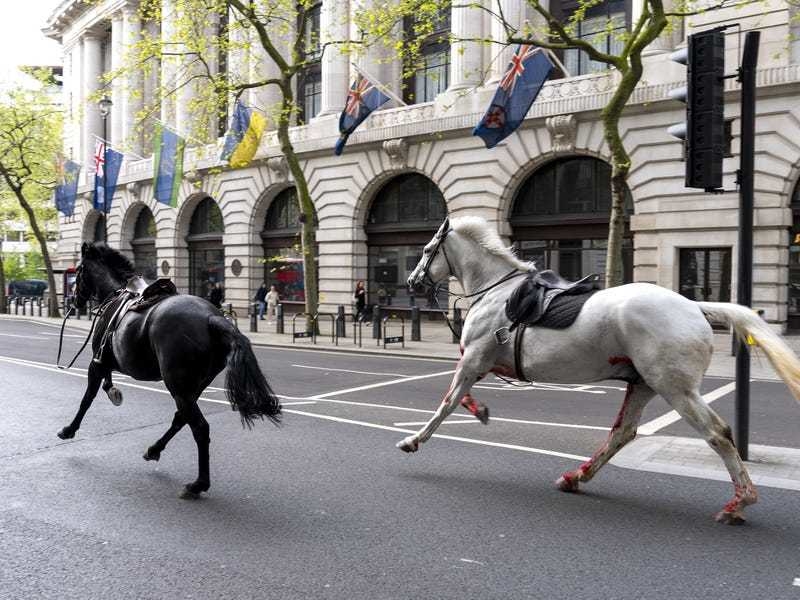An air passenger passed through an electronic border gate using her cousin’s passport, a watchdog report reveals.
Inspectors witnessed the apparently unintentional “spoofing” during observations at Stansted Airport in Essex.
The report said: “A passenger managed to gain entry via an e-Passport gate using her cousin’s passport.
“However, when the cousin tried to use the first passenger’s passport she was rejected, twice, at different gates.
“At this point, the first passenger returned to the gates to hand the correct passport to her cousin.”
The Home Secretary has published our report on Border Force Operations at Stansted Airporthttps://t.co/2peExr6SCg
— ICIBI (@IndependentCI) March 28, 2018
The incident was spotted by a monitoring officer who intercepted the two passengers, who were re-directed to a staffed immigration control desk.
First introduced in the UK in 2008, around 240 e-Passport gates are in operation around the country, covering 21 air and rail terminals.
The Government says they help speed up arrivals and improve border security.
They can be used by UK and EU citizens, as well as those from some non-European countries, who have a “chipped” passport.
The gates use facial recognition technology to compare the passenger’s face to a digital image recorded in their passport.
Details are also checked against a range of immigration and security watch-lists.
Once the checks have been completed and cleared, the gates open automatically.
Border Force officers monitor the system and any travellers rejected by the gates are directed to staffed clearance desks.
Conservative MP Tim Loughton, a member of the Commons Home Affairs committee, said: “Hopefully this was a one-off as considerable investment has gone into making these e-passport gates foolproof and they are being rolled out as standard, not just in the UK, but at ports of entry across Europe especially.
“It is crucial that immigration authorities fully investigate how this happened and give reassurances that there is no more significant fault that would undermine confidence in unmanned border control technology.”
The Home Office said ePassport gates use facial recognition technology to provide identity and security checks “in a matter of seconds” and have been used by more than 150 million passengers since they came into service.
A spokeswoman said: “A Border Force officer is always on hand to monitor use of the ePassport gates and to intervene if there is any suspicious activity, as was the case in this instance.
“Border Force carries out regular checks to ensure the performance of the technology meets our security needs.”
In June 2016 the number of e-gates at Stansted doubled from 15 to 30 – more than any other UK airport at that time.
The report from Chief Inspector of Borders and Immigration David Bolt said monitoring officers at the airport sit or stand behind desks situated beyond the e-passport gates, watching via computer screens.
The review, published by the Government on Wednesday, said: “Staff described the monitoring officer’s primary function as ensuring that passengers did not ‘tailgate’ (where 2 or more persons entered the gate together) or try to ‘spoof’ the system (for example, by holding a photograph up to the verification camera).”
E-passport gates enable Border Force to process passengers considered “low-risk” for immigration purposes quickly and with fewer staff than would be required if they had to pass through staffed desks, the report said.
It added: “Staff at Stansted told inspectors that without the e-Passport gates Stansted would ‘fall over’.”
Stansted is the UK’s fourth largest airport and Europe’s busiest single terminal airport, handling around 25 million passengers a year.






